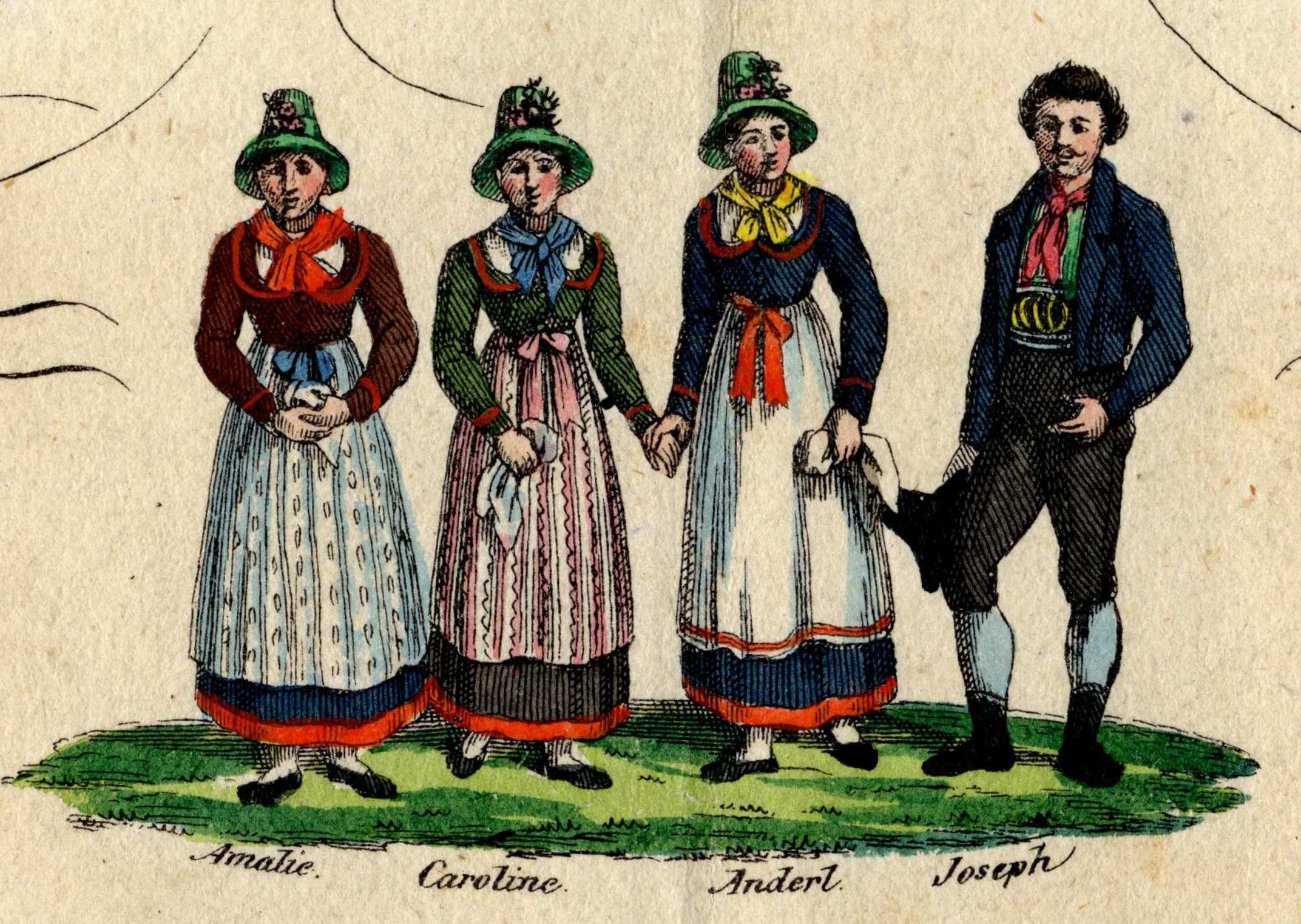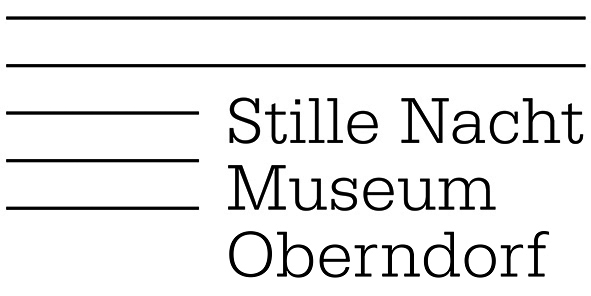The Journey into the Wide World
How the song found its way into the world is not completely documented. However, it is clear that the legend of the mouse that gnawed at the bellows is not true. There is a suspicion that the old organ did not work on December 24, 1818. However, this cannot be proven. To this day, the following is known:
Contemporary documents mention that the sound of the old organ could not fill the church. Fügen in the Zillertal was home to the well-known organ builder family Mauracher. Carl Mauracher was allegedly with Franz Xaver Gruber as early as 1821, as he repaired the organ in the pilgrimage church Maria im Mösl. In 1824/25, he came to Oberndorf to replace the old organ with a new one. During this time, he came into contact with the song, which he took back to his homeland. From the Zillertal, it then embarked on an incredible journey around the world.
According to local traditions, the most famous Tyrolean national singers, the “Original Rainers,” had already included the song in their program in 1819, with which they toured throughout Europe. In 1839, the second generation of the Original Rainers, known as the “Rainer Family,” sang the song on Christmas Eve in front of the Alexander Hamilton Memorial in the Trinity Church cemetery at the end of Wall Street. This was the first time it was heard in the New World.
The Strasser family, glove merchants from the Zillertal, sold their goods at German fairs. On these occasions, the siblings boosted their business by singing their traditional songs. On December 15, 1832, the family gave a concert in Leipzig, where they sang “Silent Night! Holy Night!” along with other songs.
It was probably during this time that the first changes to the text and melody occurred. After just a few years, the song appeared in many songbooks. Often only with verses 1, 2, and 6, and sometimes significantly different from the original. To this day, “Silent Night! Holy Night!” is distributed on numerous recordings and in countless songbooks. Very few of them are as it sounded in the 1818 version.

Authentic occasion
Almost exactly 36 years after the song was first performed, Franz Xaver Gruber sent his “Authentic Occasion” to the Benedictine monastery of St. Peter in Salzburg. This allowed them to respond to an inquiry from the Royal Prussian Court Chapel in Berlin regarding the song’s creators. At that time, it was believed to be a creation of Michael Haydn. With this text, however, Gruber confirmed that he had personally set to music the poem written by Joseph Mohr and its first performance in the Church of St. Nikola in Oberndorf on December 24, 1818.
“Authentic occasion
for the
Composition of the christmas charol
Silent Night, Holy Night!”
It was on December 24th of the year 1818, when the assistant priest Mr. Joseph Mohr at the newly established parish of St. Nicola in Oberndorf handed over a poem to Franz Gruber (who was also a schoolteacher in Arnsdorf at the time) who was substituting as organist, with the request to write a suitable melody for 2 solo voices with chorus and guitar accompaniment.
The latter delivered his simple composition to this musically knowledgeable clergyman on that very evening, according to the request, just as a copy identical to the original is enclosed, which was immediately performed with great approval on Christmas Night.
Mr. Joseph Mohr, as the author of this poem and several sacred songs, died on December 4th, 1848, as the esteemed vicar in Wagrein in Pongau.
Franz Gruber, currently choir director and organist at the parish church of Hallein, the third son of a poor weaver in Hochburg born in 1787, left the loom at age 18 to study under Mr. Georg Hartdobler, the town parish organist in Burghausen, and after only three months of instruction, progressed so far as to be able to play the figured bass on the organ there during services.
In 1806, he entered the teaching profession and a year later was appointed as teacher and sexton at the branch school in Arnsdorf. From there, when in 1816 the suburb of Oberndorf was separated from the town of Laufen during territorial adjustments, he served (with his superiors’ permission, due to lack of a suitable individual) as cantor and organist at St. Nicola until 1829, when he was then promoted to schoolteacher in Berndorf.
In 1833, he was offered the vacant position of choir director and organist at the parish church of Hallein, which he received upon his request. Of his 12 legitimate children, 2 sons and 2 daughters are still living, all musically educated, of whom the elder son, who is employed as a teacher at the Imperial and Royal Main School in Hallein, has already produced several successful compositions.
Since this Christmas carol came to Tyrol through a well-known Zillertaler, and it appeared somewhat altered in a song collection in Leipzig, the composer has the honor to enclose it identical to the original.
Hallein, december 30th 1854
Franz Gruber
City Parish Choir Director and Organist”
The original of the “Authentic Authorization” is located in the Silent Night Museum Hallein

